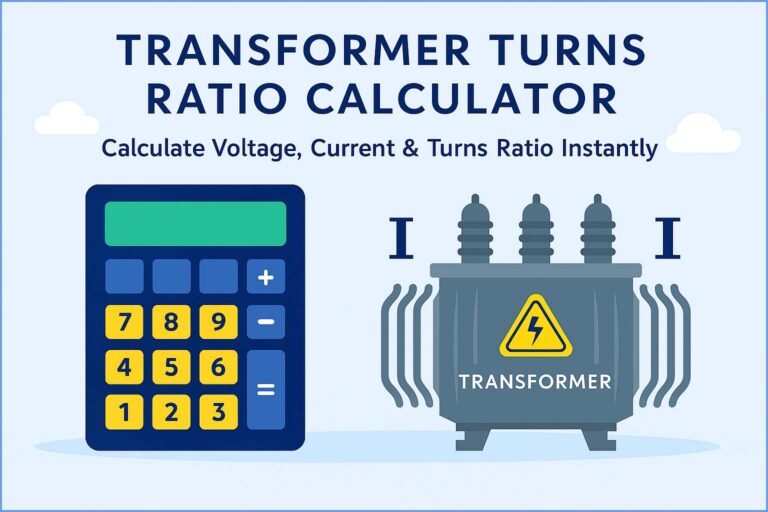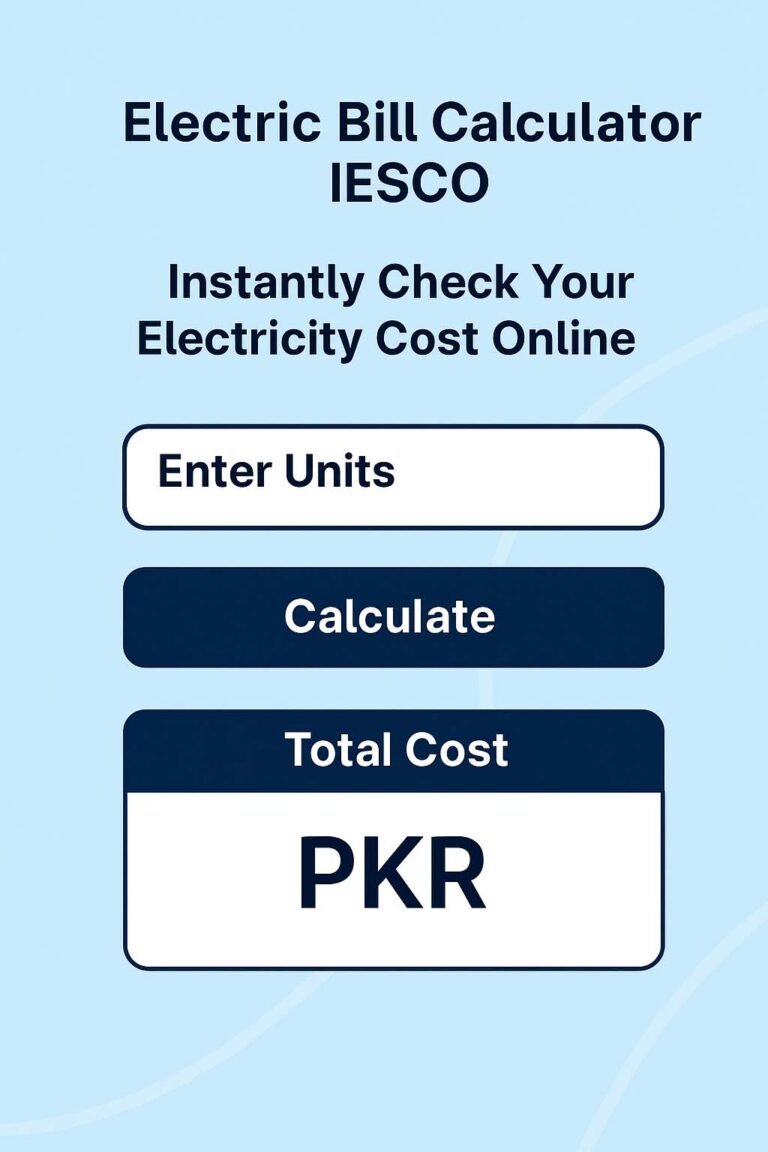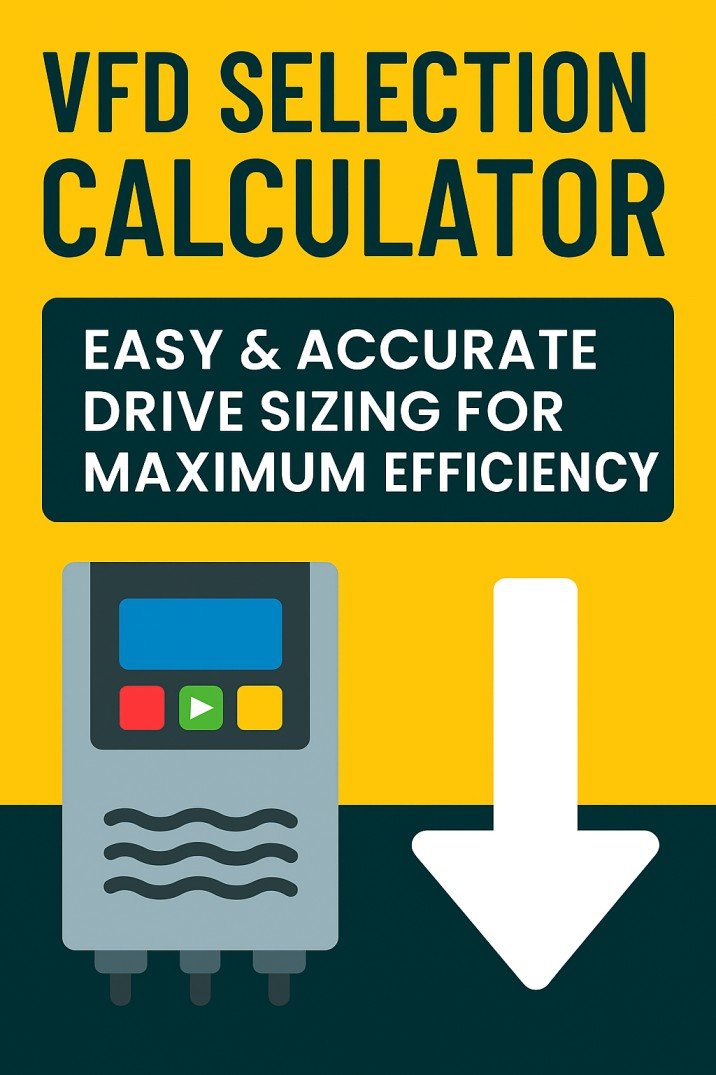What Size Circuit Breaker Do You Need for a 1.5 Ton Air Conditioner?
Choosing the right breaker size for AC is more than just a formality—it’s essential for the safety and efficiency of your system. When it comes to cooling your home, especially in hotter climates, a 1.5 ton air conditioner is a popular choice. But the big question arises: What size circuit breaker do you need for a 1.5 ton AC?

The answer isn’t always straightforward. It depends on various factors like the voltage, the type of unit, wire size, and manufacturer specifications. Using the wrong size breaker can lead to nuisance tripping or even fire hazards. That’s why it’s important to understand how electrical load and breaker compatibility work for air conditioning units.
In this guide, we’ll dive deep into the right breaker for 1.5 ton AC, explore electrical code requirements, wire sizing, and give you clear technical insights with real-world examples.
Key Takeaways:
- A 1.5 ton AC typically requires a breaker size between 15 to 20 amps depending on its rated current.
- The wire gauge and voltage (220V vs 110V) must also align with the chosen breaker size.
- Always check the manufacturer’s label for the minimum and maximum circuit ampacity.
Understanding the Electrical Load of a 1.5 Ton Air Conditioner
To determine the correct breaker size for AC, you first need to understand how much power your 1.5 ton unit draws. The tonnage refers to the cooling capacity—not the actual electrical load. A 1.5 ton AC is equivalent to 18,000 BTU/hour.
In electrical terms, most 1.5 ton split or window AC units draw between 10 to 16 amps at 220V. This can vary based on the energy efficiency ratio (EER), compressor type (inverter vs non-inverter), and startup current.
Use our online tool Watt to Amp Calculator (Single & Three-Phase): Best Tool
Let’s break it down:
| AC Type | Voltage | Running Current (Amps) | Starting Surge | Typical Breaker Size |
|---|---|---|---|---|
| 1.5 Ton Split (Non-Inverter) | 220V | 12–14 A | High (2x running) | 20 Amp |
| 1.5 Ton Inverter | 220V | 8–10 A | Low–Medium | 15–20 Amp |
| 1.5 Ton Window AC | 220V | 10–13 A | Medium | 15–20 Amp |
You can see that most setups fall in the 15 to 20 amp range. But why not use a higher breaker just to be safe? That brings us to the concept of “overcurrent protection.”
Why Proper Breaker Sizing Matters
A circuit breaker protects your wiring and connected equipment by tripping when current exceeds a safe limit. If you oversize the breaker, the wires may overheat before the breaker trips. If it’s undersized, your AC might trip the breaker every time the compressor starts.
According to NEC (National Electrical Code), the breaker size should be 125% of the continuous load. For example, if your AC draws 12 amps continuously, your breaker should be at least:
12 A × 1.25 = 15 A
But since AC compressors have a starting surge, most manufacturers recommend using a 20 amp breaker for 1.5 ton AC units, especially for non-inverter models. Inverter models are more forgiving due to soft-start features.
How Voltage Impacts the Breaker Size for AC
In most countries including the U.S., 220-240V is used for large appliances like air conditioners. At 220V, the current required is lower, allowing for thinner wires and smaller breakers.
At 220V, a 1.5 ton AC typically needs 10 to 14 amps, making a 15A or 20A breaker sufficient.
If you’re in a country or location using 110V systems, the current doubles, and so does the breaker requirement. But in general, 1.5 ton ACs are not recommended on 110V unless specifically designed for it.
Use our online tool AWG to mm² Calculator – Convert Wire Sizes Easily and Accurately
Choosing the Right Breaker for 1.5 Ton AC – Residential Setup
Let’s look at a typical residential scenario:
- Appliance: 1.5 Ton Split AC
- Voltage Supply: 220V, Single-phase
- Running Current: 11.5A
- Starting Surge: 18A
- Recommended Breaker: 20 Amp Single Pole
- Wire Size: 2.5 mm² (14 AWG) minimum, preferably 4 mm² (12 AWG)
Most electricians prefer to use 20A MCBs (Miniature Circuit Breakers) for such ACs, especially if the unit is more than 10 meters away from the panel. This ensures the breaker can handle the inrush current and long cable distances without voltage drop.
Understanding MCB Type: B, C, or D?
The type of MCB is also important when choosing the breaker for 1.5 ton AC. Circuit breakers are classified into types based on their tripping characteristics.
- Type B: Trips at 3–5 times rated current. Best for resistive loads.
- Type C: Trips at 5–10 times rated current. Ideal for moderate inductive loads like ACs.
- Type D: Trips at 10–20 times rated current. Used for motors with high starting current.
For a 1.5 ton AC, Type C MCBs are usually recommended to avoid unnecessary tripping during compressor startup.
Use our online tool Electrical Conduit Fill Calculator and Conduit Wire Fill Chart
Wire Size and Breaker Rating Go Hand in Hand
You can’t talk about the breaker size for AC without discussing wire size. The breaker is designed to protect the wiring—not the appliance. That means the wire gauge must match the breaker capacity.
Here’s a quick table:
| Breaker Size | Minimum Wire Size | Recommended Wire Size | Max Cable Length (No Voltage Drop) |
|---|---|---|---|
| 15 Amp | 2.5 mm² (14 AWG) | 4 mm² (12 AWG) | 10–12 meters |
| 20 Amp | 4 mm² (12 AWG) | 6 mm² (10 AWG) | 15 meters and above |
Using a wire that’s too thin for your breaker size can be dangerous. It increases resistance, leads to heat buildup, and can cause fires over time.
When to Use a Separate Breaker for AC
Air conditioners, especially fixed units like split ACs, should always have a dedicated breaker. Avoid connecting other loads like fans, lights, or sockets to this circuit. This prevents overload and ensures better protection.
Many manufacturers also specify “minimum circuit ampacity (MCA)” and “maximum overcurrent protection (MOCP)” on their AC nameplates. Always follow these values.
For example, if your AC nameplate says:
- MCA: 13.8A
- MOCP: 20A
You must use a breaker not exceeding 20 amps, and wire sized to safely carry 13.8A continuously.
Breaker Sizing for Inverter vs Non-Inverter 1.5 Ton AC
The type of compressor significantly affects breaker sizing. Here’s how:
| AC Type | Current Draw | Breaker Size | MCB Type |
|---|---|---|---|
| Non-Inverter | 12–14 A | 20 A | Type C |
| Inverter AC | 8–10 A | 15 A or 16 A | Type C |
Inverter ACs regulate speed, so they avoid the high startup surge seen in traditional models. As a result, you can safely go with a 15A breaker for a 1.5 ton inverter AC, provided the wire sizing is appropriate.
Signs You Need to Upgrade Your Breaker
- Your AC trips the breaker frequently, especially during hot days.
- The breaker feels warm or smells burnt.
- The wires are old, and the breaker is rated less than the AC’s MCA.
If you notice any of these, call a licensed electrician to inspect the system. A properly sized breaker for 1.5 ton AC can reduce maintenance costs and improve energy efficiency.
Use our online tool Conduit Fill Calculator (NEC Standard) – Understand Conduit Fill and Wire Capacity
Best Practices for Installing a Breaker for 1.5 Ton AC
- Always use ISI-marked or UL-certified breakers.
- Label the AC circuit clearly in your distribution board.
- Install surge protection devices (SPD) to protect against voltage spikes.
- Ensure a proper earthing system is in place.
- For long distances, use a higher wire size to avoid voltage drop.
Final Thoughts – What Size Circuit Breaker Do You Need for a 1.5 Ton AC?
In most homes, the correct breaker size for a 1.5 ton AC is 15A to 20A, depending on the unit’s current draw and type (inverter vs non-inverter). A 20A, Type C breaker is often the best bet for ensuring protection against overload and startup surges. But don’t stop there—verify the wire size, panel capacity, and distance to ensure a safe, long-lasting installation.
Follow Us on Social:
Subscribe our Newsletter on Electrical Insights for latest updates from Electrical Engineering Hub
#BreakerSize, #CircuitBreaker, #15TonAC, #ACBreakerSizing, #ElectricalSafety, #MCBforAC, #HomeElectrical, #AirConditionerBreaker, #ElectricalLoad, #HVACWiring, #1Point5TonAC, #BreakerSelection, #ElectriciansGuide, #BreakerForAC, #ElectricalEngineering






